Rockwood classification of acromioclavicular joint injury
Citation, DOI, disclosures and article data
At the time the article was created Frank Gaillard had no recorded disclosures.
View Frank Gaillard's current disclosuresAt the time the article was last revised Tariq Walizai had no financial relationships to ineligible companies to disclose.
View Tariq Walizai's current disclosures- Acromioclavicular joint injury classification
- Rockwood classification
- Acromioclavicular injury classification
- Rockwood classification of AC joint injury
The Rockwood classification (1998) is the most commonly used (c.2024) classification system in use for acromioclavicular joint injuries 3,8,9.
On this page:
Usage
This well-known 6-type system is a modification of the earlier 3-class classification system described by Allman (1967) 2 and Tossy (1963). The Rockwood classification system is limited to describing soft tissue injuries and does not assess osseous injuries 8.
Classification
The Rockwood classification takes into account not only the acromioclavicular joint itself but also the coracoclavicular ligament, the deltoid, and trapezius muscles, whilst considering the direction of dislocation of the clavicle with respect to the acromion. Essentially types IV, V, and VI are variants of type III 6.
-
type I: normal radiographic appearance with clavicle not elevated with respect to the acromion
AC ligament: mild sprain
CC ligament: intact
joint capsule: intact
deltoid muscle: intact
trapezius muscle: intact
-
type II: widened acromioclavicular joint (>7mm) with <25% clavicular elevation
AC ligament: ruptured
CC ligament: sprain
joint capsule: ruptured
deltoid muscle: minimally detached
trapezius muscle: minimally detached
-
type III: clavicle elevated above the superior border of the acromion but the coracoclavicular distance is less than twice normal (i.e. <25 mm) or 5mm greater than this distance on the contralateral side
AC ligament: ruptured
CC ligament: ruptured
joint capsule: ruptured
deltoid muscle: detached
trapezius muscle: detached
-
type IV: clavicle displaced posterior into the trapezius, which is rare
AC ligament: ruptured
CC ligament: ruptured
joint capsule: ruptured
deltoid muscle: detached
trapezius muscle: detached
-
type V: clavicle is markedly elevated and coracoclavicular distance is more than double normal (i.e. >25 mm) - bilateral weight-bearing projections are able to distinguish type V injuries
AC ligament: ruptured
CC ligament: ruptured
joint capsule: ruptured
deltoid muscle: detached
trapezius muscle: detached
-
type VI: clavicle inferiorly displaced behind coracobrachialis and biceps tendons, which is rare
AC ligament: ruptured
CC ligament: ruptured
joint capsule: ruptured
deltoid muscle: detached
trapezius muscle: detached
See also
Quiz questions
References
- 1. Mohit Bhandari. Evidence-Based Orthopedics. (2011) ISBN: 9781405184762 - Google Books
- 2. Allman F. Fractures and Ligamentous Injuries of the Clavicle and Its Articulation. J Bone Joint Surg Am. 1967;49(4):774-84. - Pubmed
- 3. Charles M. Court-Brown, James D. Heckman, Margaret M. McQueen et al. Rockwood and Green's Fractures in Adults. (2015) ISBN: 9781451175318 - Google Books
- 4. Charles A. Rockwood, Robert W. Bucholz, Charles M. Court-Brown et al. Rockwood and Green's Fractures in Adults. (2010) ISBN: 9781605476773 - Google Books
- 5. A. Mark Davies, Jürg Hodler. Imaging of the Shoulder. (2005) ISBN: 9783540262480 - Google Books
- 6. Borut Marincek, Robert F. Dondelinger. Emergency Radiology. (2006) ISBN: 9783540262275 - Google Books
- 7. Warth R, Martetschläger F, Gaskill T, Millett P. Acromioclavicular Joint Separations. Curr Rev Musculoskelet Med. 2013;6(1):71-8. doi:10.1007/s12178-012-9144-9 - Pubmed
- 8. Flores D, Goes P, Gómez C, Umpire D, Pathria M. Imaging of the Acromioclavicular Joint: Anatomy, Function, Pathologic Features, and Treatment. Radiographics. 2020;40(5):1355-82. doi:10.1148/rg.2020200039 - Pubmed
- 9. Velasquez Garcia A, Liendo R, Ekdahl M, Calvo C, Vidal C. The Reliability of Acromioclavicular Joint Dislocation Classification Systems: A Comparison Between the Rockwood and Kraus Classifications. Orthop J Sports Med. 2023;11(2):23259671221149391. doi:10.1177/23259671221149391 - Pubmed
Incoming Links
- Acromioclavicular joint injury
- Acromioclavicular joint injury - type II
- Acromioclavicular joint injury - Rockwood type III
- Acromioclavicular joint injury - Rockwood type IV
- Acromioclavicular ligament rupture
- Acromioclavicular joint injury - Rockwood type V
- Acromioclavicular joint injury - type II (MRI)
- Acromioclavicular joint injury - Rockwood type III
- Intraarticular fracture of the glenoid cavity
- Acromio-clavicular joint injury
- Left 2nd rib fracture and acromioclavicular joint injury (chest x-ray)
- Acromioclavicular joint injury with coracoid process avulsion fracture
- Acromioclavicular joint dislocation
- Acromioclavicular joint injury - Rockwood type III
- Acromioclavicular joint injury - type III
- Thoracic trauma (fractures, acromioclavicular joint injury, and pneumothorax)
- Acromioclavicular joint injury - Rockwood type III
- Distal clavicle fracture
- Acromioclavicular joint injury - Rockwood type III
- Acromioclavicular injury and coracoid process fracture
Related articles: Fractures
-
fracture
- terminology
- fracture location
- diaphyseal fracture
- metaphyseal fracture
- physeal fracture
- epiphyseal fracture
- fracture types
- avulsion fracture
- articular surface injuries
- complete fracture
- incomplete fracture
- infraction
- compound fracture
- pathological fracture
- stress fracture
- fracture displacement
- fracture location
- fracture healing
- skull fractures
-
facial fractures
- fractures involving a single facial buttress
- alveolar process fractures
- frontal sinus fracture
- isolated zygomatic arch fractures
- mandibular fracture
- nasal bone fracture
- orbital blow-out fracture
- paranasal sinus fractures
- complex fractures
- dental fractures
- fractures involving a single facial buttress
-
spinal fractures
- classification (AO Spine classification systems)
-
cervical spine fracture classification systems
- AO classification of upper cervical injuries
- AO classification of subaxial injuries
- Anderson and D'Alonzo classification (odontoid fracture)
- Roy-Camille classification (odontoid process fracture)
- Gehweiler classifcation (atlas fractures)
- Levine and Edwards classification (hangman fracture)
- Allen and Ferguson classification (subaxial spine injuries)
- subaxial cervical spine injury classification (SLIC)
- thoracolumbar spinal fracture classification systems
- three column concept of spinal fractures (Denis classification)
- classification of sacral fractures
-
cervical spine fracture classification systems
- spinal fractures by region
- spinal fracture types
- classification (AO Spine classification systems)
- rib fractures
- sternal fractures
-
upper limb fractures
- classification
- Rockwood classification (acromioclavicular joint injury)
- AO classification (clavicle fracture)
- Neer classification (clavicle fracture)
- Neer classification (proximal humeral fracture)
- AO classification (proximal humeral fracture)
- AO/OTA classification of distal humeral fractures
- Milch classification (lateral humeral condyle fracture)
- Weiss classification (lateral humeral condyle fracture)
- Bado classification of Monteggia fracture-dislocations (radius-ulna)
- Mason classification (radial head fracture)
- Frykman classification (distal radial fracture)
- Mayo classification (scaphoid fracture)
- Hintermann classification (gamekeeper's thumb)
- Eaton classification (volar plate avulsion injury)
- Keifhaber-Stern classification (volar plate avulsion injury)
- upper limb fractures by region
- shoulder
- clavicular fracture
-
scapular fracture
- acromion fracture
- coracoid process fracture
- glenoid fracture
- humeral head fracture
- proximal humeral fracture
- humeral neck fracture
- arm
- elbow
- forearm
- wrist
-
carpal bones
- scaphoid fracture
- lunate fracture
- capitate fracture
- triquetral fracture
- pisiform fracture
- hamate fracture
- trapezoid fracture
- trapezium fracture
- hand
- shoulder
- classification
- lower limb fractures
- classification by region
- pelvic fractures
- hip fractures
- Pipkin classification (femoral head fracture)
- Garden classification (hip fracture)
- American Academy of Orthopedic Surgeons classification (periprosthetic hip fracture)
- Cooke and Newman classification (periprosthetic hip fracture)
- Johansson classification (periprosthetic hip fracture)
- Vancouver classification (periprosthetic hip fracture)
- femoral
- knee
- Schatzker classification (tibial plateau fracture)
- AO classification of distal femur fractures
- Meyers and McKeevers classification (anterior cruciate ligament avulsion fracture)
- tibia/fibula
- Watson-Jones classification (tibial tuberosity avulsion fracture)
- ankle
- foot
- Berndt and Harty classification (osteochondral lesions of the talus)
- Sanders CT classification (calcaneal fracture)
- Hawkins classification (talar neck fracture)
- Myerson classification (Lisfranc injury)
- Nunley-Vertullo classification (Lisfranc injury)
- pelvis and lower limb fractures by region
- pelvic fracture
- sacral fracture
- coccygeal fracture
-
hip
- acetabular fracture
- femoral head fracture
-
femoral neck fracture
- subcapital fracture
- transcervical fracture
- basicervical fracture
-
trochanteric fracture
- pertrochanteric fracture
- intertrochanteric fracture
- subtrochanteric fracture
- femur
- mid-shaft fracture
- bisphosphonate-related fracture
- distal femoral fracture
- knee
- avulsion fractures
- Segond fracture
- reverse Segond fracture
- anterior cruciate ligament avulsion fracture
- posterior cruciate ligament avulsion fracture
- arcuate complex avulsion fracture (arcuate sign)
- biceps femoris avulsion fracture
- iliotibial band avulsion fracture
- semimembranosus tendon avulsion fracture
- Stieda fracture (MCL avulsion fracture)
- patellar fracture
- tibial plateau fracture
- avulsion fractures
- leg
- tibial tuberosity avulsion fracture
- tibial shaft fracture
- fibular shaft fracture
- Maisonneuve fracture
- ankle
- foot
- tarsal bones
- metatarsal bones
- phalanges
- classification by region
- terminology




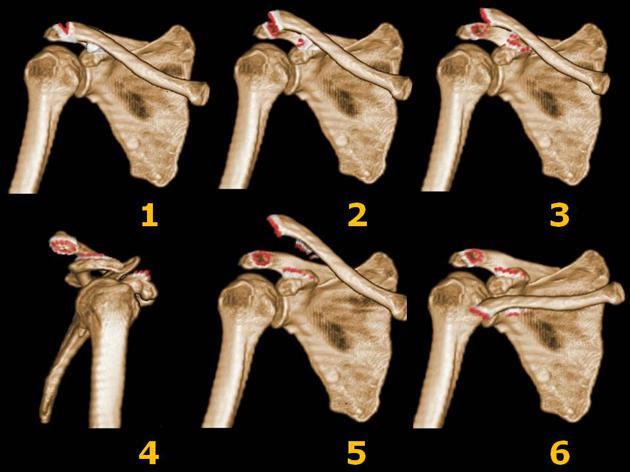

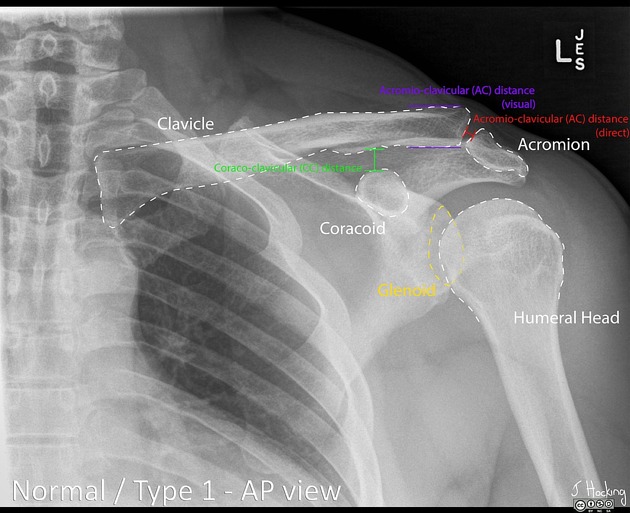
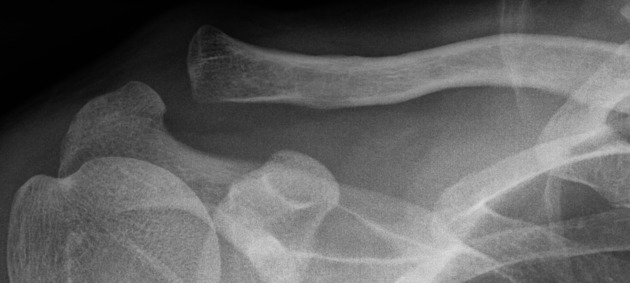
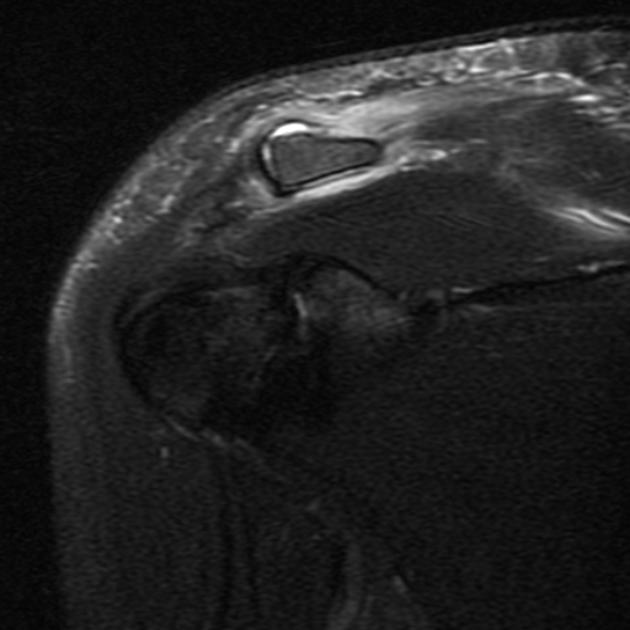


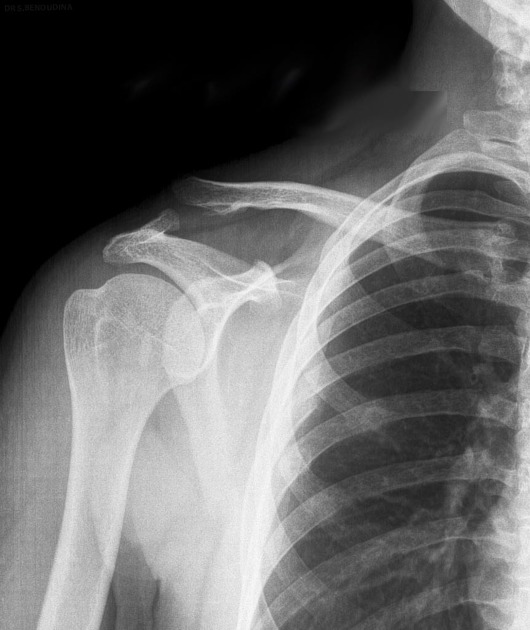

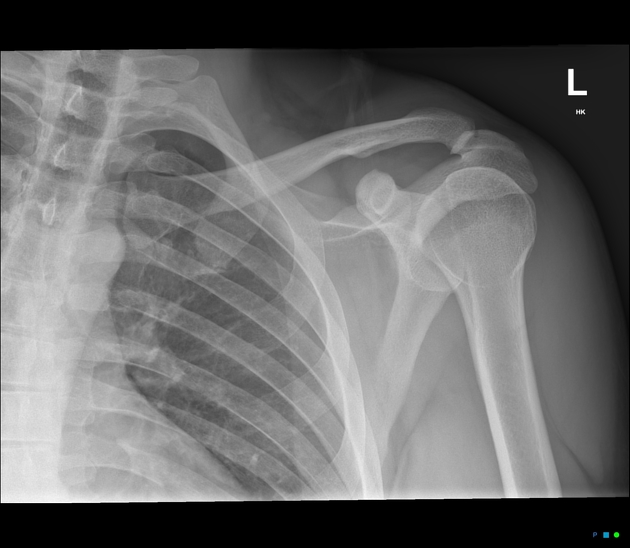
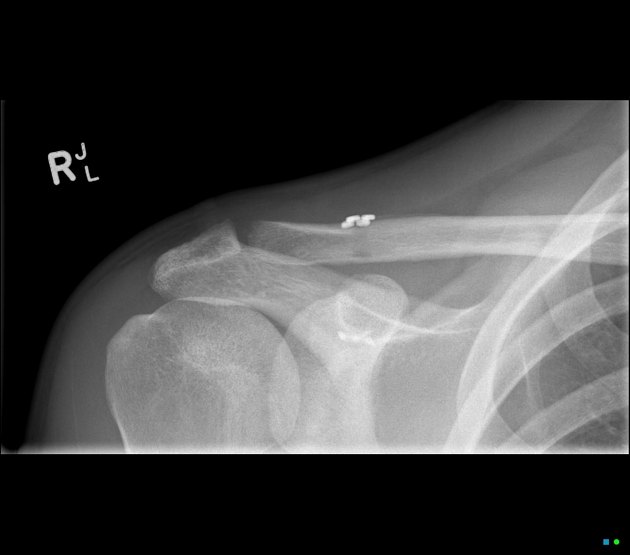
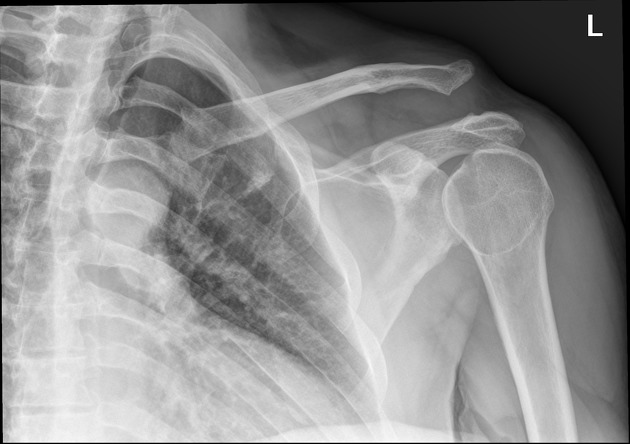
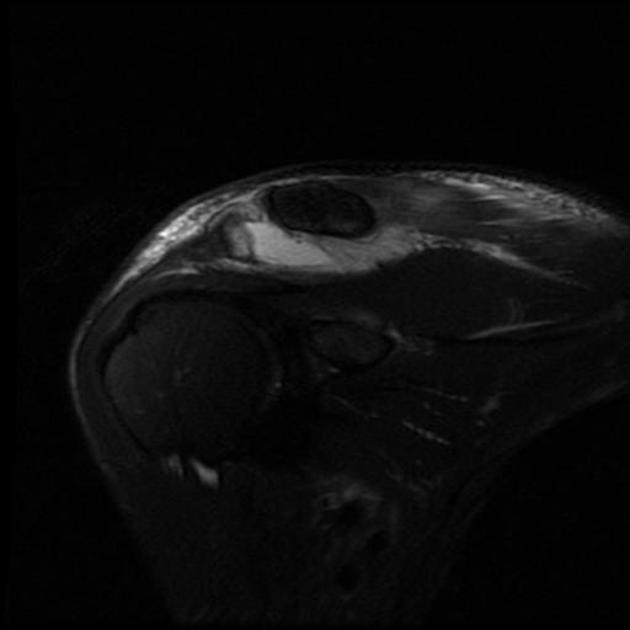
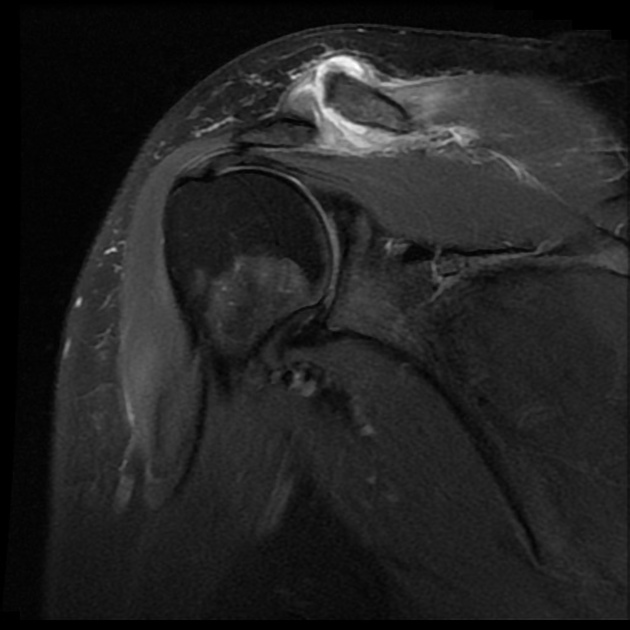

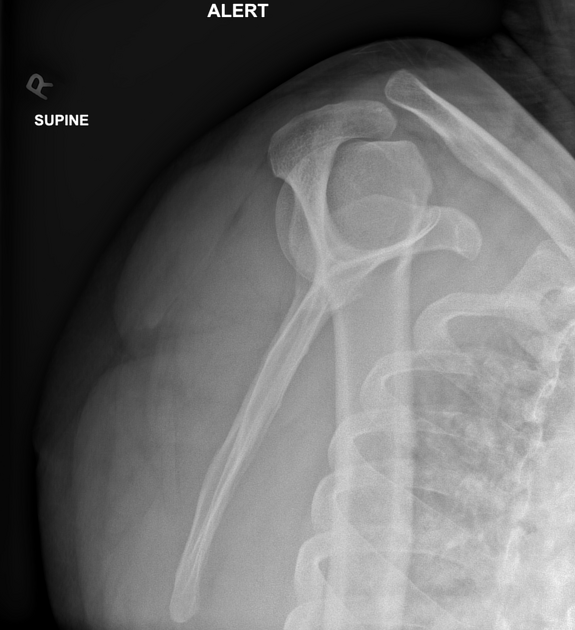


 Unable to process the form. Check for errors and try again.
Unable to process the form. Check for errors and try again.